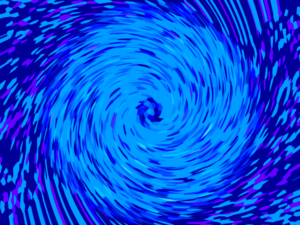18908305
GCSE AQA Computer Science - Data Representation
Description
No tags specified
Resource summary
GCSE AQA Computer Science - Data
Representation
- Images
- Bitmap images are made up of picture elements, or pixels
- A pixel is a single point in a graphical image
- Resolution - concentration of pixels in a certain area
- Colour depth - how many colours can be represented in a single pixel
- File size = total pixels x colour depth
- Higher resolution / colour depth = higher quality & higher file size
- Bitmap images are made up of picture elements, or pixels
- Sound
- Microphones record analogue and convert to digital
- Speakers convert from digital to analogue
- Sample resolution - the amplitude used to record each sample / measurement
- Sample rate - number of samples taken a second
- File size = sample rate x resolution x time
- Microphones record analogue and convert to digital
- Compression
- Lossy
- JPG, GIF, MP3
- Permanently removes some data
- Uncompressed data is not the same as the original
- JPG, GIF, MP3
- Lossless
- PNG, TIFF
- Uncompressed data is same as the original
- File quality is not lost
- Run length encoding
- Huffman tree
- Analyses the frequency of characters in a body of text
- Characters are placed in a binary tree structure
- Most common characters appear near the top of the tree
- Analyses the frequency of characters in a body of text
- PNG, TIFF
- Lossy
- Number systems
- Denary
- Base 10
- The number system we use
- Base 10
- Binary
- Base 2
- It is the only thing a computer understands
- Made up of 1's and 0's
- Binary addition
- 0 + 0 = 0
- 0 + 1 = 1
- 1 + 1 = 10
- 1 + 1 + 1 = 11
- 0 + 0 = 0
- Logical shifts
- Each left shift multiplies the value by 2 (unless there is an overflow)
- Each right shift divides the value by 2 (unless there is an underflow)
- Each left shift multiplies the value by 2 (unless there is an overflow)
- Base 2
- Hexadecimal
- Base 16
- Made up of the numbers 0-9 and the letters A-F
- Used as a shorter way of representing binary
- Can be used to represent colours
- Computers do not understand hexadecimal
- Base 16
- Denary
- Storage
- Bit - a single 1 or 0
- Nibble - 4 bits
- Byte - 8 bits
- Kilobyte - 1000 bytes
- Megabyte - 1000 kilobytes
- Gigabyte - 1000 megabytes
- Terabyte - 1000 gigabytes
- Bit - a single 1 or 0
- Text
- ASCII
- 7 bits per character
- Encodes 128 characters
- Only represents the English alphabet
- 7 bits per character
- Extended ASCII
- 8 bits per character
- Encodes 256 characters
- Used to represent more symbols / special characters
- 8 bits per character
- Unicode
- Made so that different languages could be represented
- 16 bits per character
- 65536 possible characters
- First 128 characters use the same codes as ASCII - backwards compatability
- Made so that different languages could be represented
- ASCII
Media attachments
Want to create your own Mind Maps for free with GoConqr? Learn more.

